Fragments of Shakespeare’s London
Friday, 10th June 2011 by David Nicol
The streets of London are packed with history, but few physical traces remain of the city that William Shakespeare knew, 400 years ago. In this post, we'll discover some of the hidden fragments of Shakespeare's London that the Street View cameras have managed to capture.
Ye Olde Google Maps
Before there was Google Maps, there was the wonderfully detailed Agas Map of 15611, and before there was Street View, there was Wenceslas Hollar’s incredible panoramic masterpiece Long View of London (1647), which you can view a small section of, or you can download the entire gigantic image from this page (be warned, it’s 73MB!)2
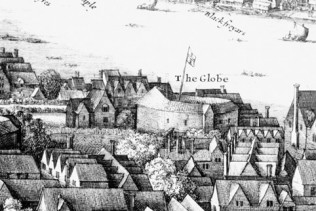 Detail of the Globe theatre from Long View of London by Wenceslas Hollar.
Detail of the Globe theatre from Long View of London by Wenceslas Hollar.
While many of the streets recorded in these drawings survive today, the buildings themselves are almost all gone, thanks to the Great Fire of London of 1666. But despite the ravages of “devouring time”, a few places remain that Shakespeare would have seen with his own eyes. In this post, I'll ignore the large-scale survivors such as the Tower of London and Westminster Abbey, and focus instead on some hidden gems.
The Globe Theatre
Tourists are familiar with the reconstruction of Shakespeare's Globe Theatre on the South Bank, but less obvious are the foundations of the original building, which archaeologists discovered underneath a car park a couple of hundred yards up the road. The remains have since been reburied, but you can see a curved line that marks the location of the theatre's round walls.
So this is where Hamlet, Julius Caesar and King Lear premiered. Listen: can you almost hear the applause? No? Me neither. But this is the spot.
St Helen's Bishopsgate
Shakespeare lived in the parish of St Helen's Bishopsgate during the 1590s and would have known its church well. The Church of St Helen's has survived the Great Fire, the Blitz, and even an IRA bomb. And here's a surprise: in the Street View window below, turn to the right, and you'll find that the church is almost next door to that futuristic London landmark, the Gherkin.
St John's Gate, Clerkenwell
This archway is St. John's Gate, part of the Priory of St. John. Shakespeare probably came here many times, because in his day it was occupied by the Master of the Revels, a court official who arranged performances for the monarch and censored play manuscripts. Today it belongs to the Museum of the Order of St. John.
London Stone
Do you see the little barred enclosure set into the bottom of this abandoned retail building?
If you could peer through the bars you'd see a lump of rough-hewn rock with some grooves on top. This is the enigmatic London Stone. No-one is certain of its age or its original purpose, but it has been kept on display for centuries; legend warns that London will be destroyed if the stone is not kept safe. Shakespeare mentions it in Henry VI, Part 2; in his day it was stored in a similar case on a different part of the street. It may soon be moved to the Museum of London.
Fragments of London Wall
Today, the wall that once circled London is almost completely gone, but a few fragments remain to conjure the looming mass that Shakespeare would have seen.
Southwark Cathedral
Finally, Southwark Cathedral would have been a local place of worship for actors at the Globe Theatre; Shakespeare's brother Edmund and two of his fellow playwrights are buried here. Modern additions have been built onto the cathedral, but its steeple still looks the same as it did in Shakespeare's time.
So we’ve come full circle, for it was atop that very steeple that Wenceslas Hollar sketched his Long View of London, recording this now vanished world for posterity.
-
Here’s an even more detailed inspection of the Agus Map. ↩︎
-
There’s also an excellent (and free) iPhone app of the Long View of London. ↩︎
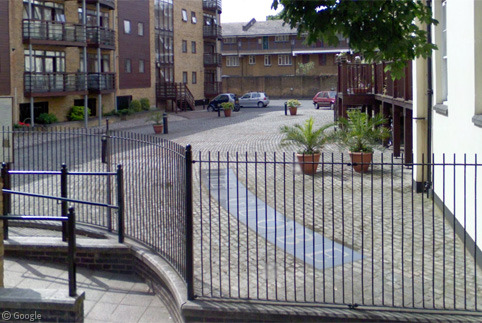
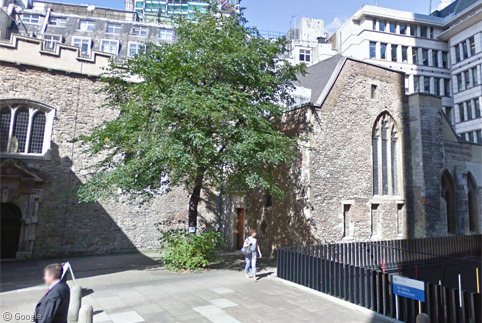
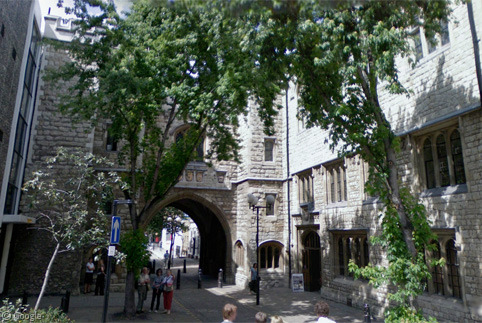
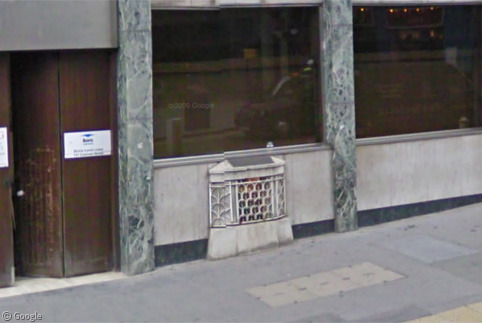
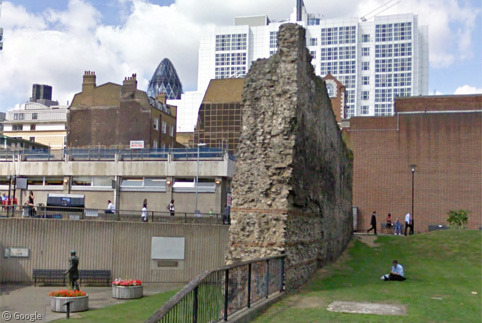
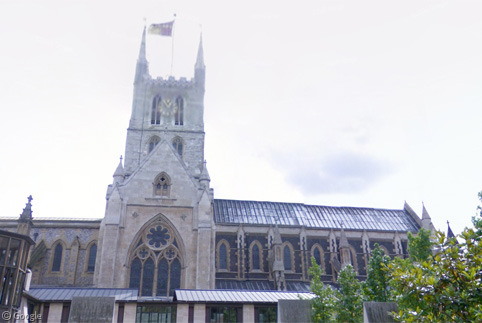

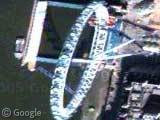
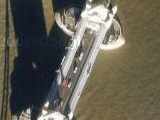

Great article! You might also mention the Staple Inn in Holborn, built circa 1585.
51.517967,-0.111189
http://en.wikipedia.org/wiki/Staple_Inn
Nice save! I completely forgot about that one.
Very nicely presented. I have done a few more with a Shakespeare’s London app but the photos don’t show up as well as they do here. Thanks for link to Agas map. Dying to download it but better not do it on m iPad or something nasty might happen
PS are you related to Charles Nichol?
No, no relation. But let’s recommend his wonderful book “The Lodger”, which is rather pertinent to this article.